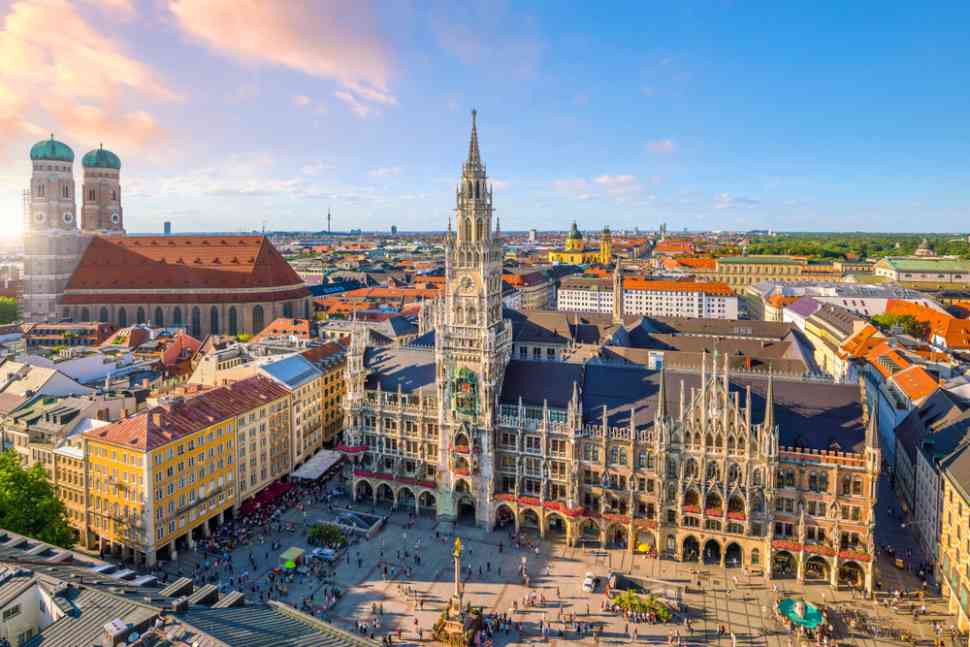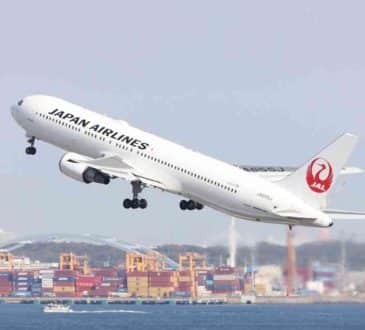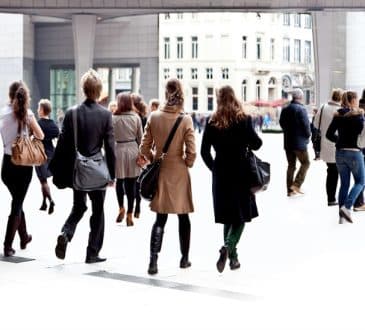Top 10 Places To Discover In Bavaria In Germany

First time in Bavaria, Germany? Then, maybe this article will prove to be helpful to you.
- Fussen
It’s in the Ostallgäu area, about a kilometer from the Austrian border. The town is noted for its violin-making and being the nearest transportation center to the castles of Neuschwanstein and Hohenschwangau. The Bavarian State Collections of Paintings has a branch gallery at the High Castle that specializes in late Gothic and Renaissance works of art. In the crypt of St Mang’s Basilica, you’ll find Germany’s oldest fresco. It was built about the year 980. - Regensburg
It is at the junction of the Danube, Naab, and Regen rivers in eastern Bavaria. It is the capital of the state’s Upper Palatinate subregion in southern Germany. The city has served as the surrounding region’s political, economic, and cultural hub since its founding as an imperial Roman river fort. The city’s medieval center is a UNESCO World Heritage Site. - German Alpine Road
The scenic German Alpine Road, which stretches 300 miles from Lindau to Schonau and takes travelers through mesmerizing alpine meadows, past inviting lakes and historic old towns, and brings them close to other attractions like Oberammergau’s famous Passion Play Theater and the Berchtesgaden salt mine, is the country’s oldest holiday route. - Rothenburg ob der Tauber
It is located in the Mittelfranken (Middle Franconia) district in the Franconia region of Bavaria, Germany. It is known for its well-preserved medieval old town, which attracts visitors from all over the world. A portion of the well-known Romantic Road runs through southern Germany. It is now one of just three German towns with totally intact city walls, the others being Nördlingen and Dinkelsbühl. - Lindau
It is a large town and island in Bavaria, Germany, on the eastern shore of Lake Constance. Lindau is a renowned tourist destination in Germany’s south. Lindau’s gardens are most beautiful in the spring or summer when they are in full bloom, and summer is the busiest tourist season. Lindau is known for its architecture, but it also has a lot of outdoor activities like cycling, sailing, hiking, swimming, and camping. - Garmisch-Partenkirchen (Ga-Pa)
It is an Alpine ski town. Near is Germany’s highest mountain, Zugspitze, at 2,962. Practically, the town is the site of the 1936 Winter Olympic Games. Garmisch was first mentioned as Germaneskau (“German District”), suggesting that at some point, a Teutonic tribe took up settlement in the western end of the valley. Also overlooking Garmisch-Partenkirchen is Germany’s fourth-highest mountain, the Leutasch Dreitorspitze.
The King’s House on Schachen, a small castle built for Ludwig II of Bavaria, is also located in the mountains south of Garmisch-Partenkirchen. Its grounds contain the Alpengarten auf dem Schachen, an alpine botanical garden. The Leutasch Dreitorspitze, Germany’s fourth tallest mountain, also looks down over Garmisch-Partenkirchen. In the highlands south of Garmisch-Partenkirchen sits the King’s House on Schachen, a modest castle erected for Ludwig II of Bavaria. The Alpengarten auf dem Schachen, an alpine botanical garden, is located on its grounds. - Chiemsee
It is a freshwater lake in Bavaria, near Rosenheim, created after the last ice age about 10,000 years ago. It is known as “the Bavarian Sea.” Herreninsel, Frauenchiemsee, and Krautinsel are the three main islands on the lake. The Krautinsel island was given this name because it was farmed with cabbages and other vegetables throughout the Middle Ages. From the south, the rivers Tiroler Achen and Prien come into the lake, while the river Alz flows out to the north. The Alz empties into the Inn, where it joins the Danube. The Chiemsee is separated into two sections: the larger Weitsee in the northeast and the Inselsee in the southwest. - Franconia
Rothenburg ob der Tauber is one of Franconia’s most well-known tourist destinations. Franconia offers beautiful scenery and many ancient structures that showcase the region’s lengthy history and culture. Franconia is also a popular tourist destination in Germany due to the Franconian wine, the long beer brewing tradition, and regional culinary specialties such as Lebküchnerei (gingerbread baking).
The Romantic Road, Germany’s most well-known theme road, connects various tourist hotspots in western Franconia. The Castle Road, with its many castles and other medieval structures, goes through the whole Franconian region. Finally, the Franconian countryside is ideal for a variety of sports. For example, the Franconian Way, the Celtic Way, and the hiking path network of the Altmühl Valley and the Central Uplands provide a diverse range of trekking opportunities. - Nuremberg
It is the German state of Bavaria’s second-largest city. Nuremberg Castle is one of Europe’s largest castles. The Staatstheater Nürnberg is one of Bavaria’s five state theatres, and it performs operas, operettas, musicals, ballets, dramas, and concerts. The Staatsphilharmonie Nürnberg, behind the Bavarian State Opera’s Bavarian State Orchestra in Munich, is Bavaria’s second-largest opera orchestra. During Nazi Germany’s reign, Nuremberg was a pivotal event. The Nazi Party picked the city as the site of massive Nazi Party meetings — the Nuremberg rallies – because of its historical significance to the Holy Roman Empire and its central location in Germany. - Munich
It is the German state of Bavaria’s capital and the most populated city. In 1158, the city was first mentioned. The Deutsches Museum, or German Museum, is the world’s largest and oldest science museum, located on an island on the River Isar. The Alte Pinakothek, the Neue Pinakothek, the Pinakothek der Moderne, and the Museum Brandhorst are among the city’s notable art galleries, most of which are in the Kunstareal. Four great royal avenues connect Munich’s inner city and its then-suburbs with official buildings from the 19th century.
Have you read?
Blocks to Effective Workplace Dialogue: Prioritizing Process Over Content by Dr. Roxy Manning.
Lessons to Carry Forward from Commencement by Robin Landa.
Innovative Approaches to Finance Management: Lessons from the Software Industry by Ankita Panwar.
Executive Pay: Top 8 Highest-Paid Hotel CEOs.
5 Key Stress Management Tips Every Leader and CEO Should be Using by Kristel Bauer.
Add CEOWORLD magazine to your Google News feed.
Follow CEOWORLD magazine headlines on: Google News, LinkedIn, Twitter, and Facebook.
This report/news/ranking/statistics has been prepared only for general guidance on matters of interest and does not constitute professional advice. You should not act upon the information contained in this publication without obtaining specific professional advice. No representation or warranty (express or implied) is given as to the accuracy or completeness of the information contained in this publication, and, to the extent permitted by law, CEOWORLD magazine does not accept or assume any liability, responsibility or duty of care for any consequences of you or anyone else acting, or refraining to act, in reliance on the information contained in this publication or for any decision based on it.
Copyright 2024 The CEOWORLD magazine. All rights reserved. This material (and any extract from it) must not be copied, redistributed or placed on any website, without CEOWORLD magazine' prior written consent. For media queries, please contact: info@ceoworld.biz
SUBSCRIBE NEWSLETTER








